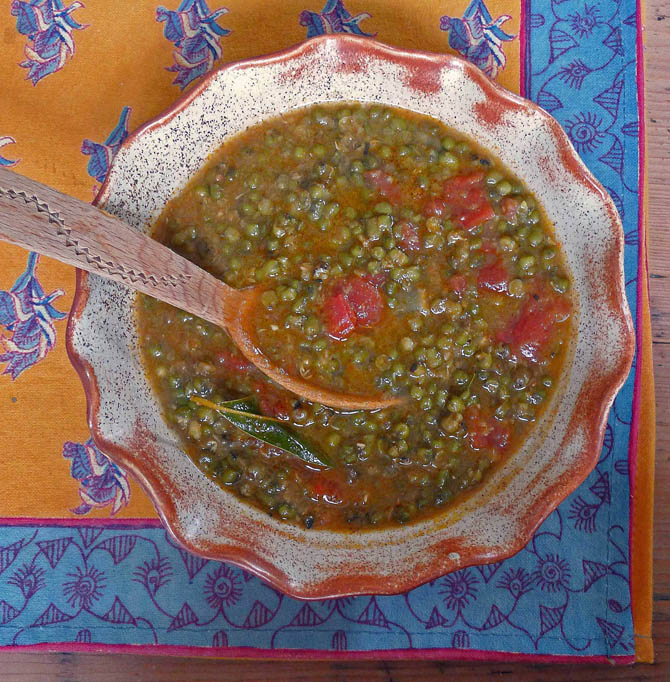Warm porridge mixed with yogurt in the morning, a staple in my breakfast routine, goes back more than 25 years. (Before that I used to start my days with toasted bread and cheese, as I never liked sweets for breakfast.) To flavor my porridge, I used a good pinch of Aleppo pepper flakes – a sweet-smoky, sun-dried and mildly hot Mediterranean pepper. I discovered this deeply-flavored condiment around the time I made the switch to oats, and I couldn’t get enough of it.
To make the porridge, I used rolled oats since it was the only kind available here. Tins of Quaker Oats became quite popular in Greece in the 1960s, and mothers all over the country prepared kouaker (pronounced koo-Ah-kehr), the word that came to mean ‘porridge’ in Greek. It was usually served sprinkled with cinnamon and sugar or drizzled with honey.

This piece was written and posted at Team Yogurt.
Later, imported cornflakes and other crunchy breakfast cereals cornered the market. I was quite happy with my tart and spicy yogurt-porridge, which I complemented with two pieces of seasonal fruit: orange and apple, pear and strawberries, loquats and cherries, nectarines and figs or plums. I never ate bananas; we didn’t grow them in Greece. Now that I think of it, I never bought imported fruit at all. The local fruit from my weekly farmer’s market, at the foot of the Acropolis, was so fresh and irresistible that it made no sense to seek fruit grown outside the country.
It took me years to overcome the harrowing experience of my childhood breakfast: two slices of bread spread with a thick coat of margarine, washed down with a large cup of warm evaporated milk. (more…)




